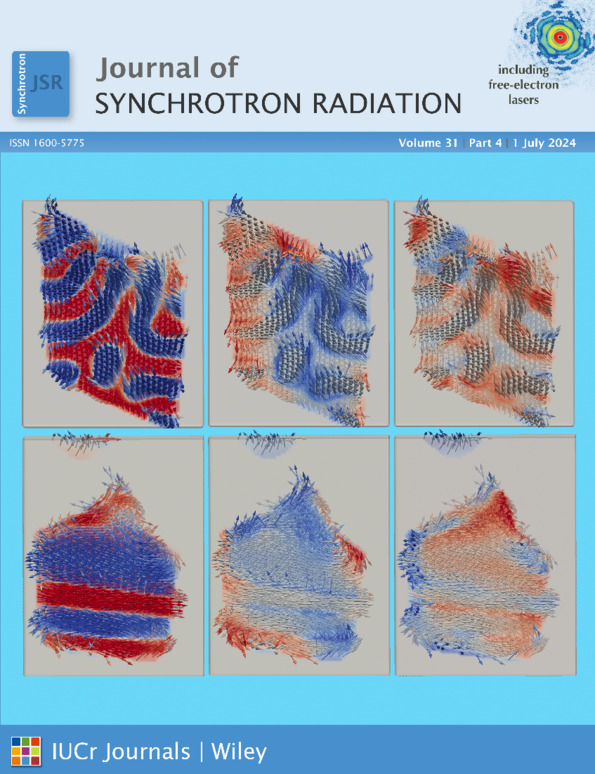X-ray scattering based scanning tomography for imaging and structural characterization of cellulose in plants
Abstract
X-ray and neutron scattering have long been used for structural characterization of cellulose in plants. Due to averaging over the illuminated sample volume, these measurements traditionally overlooked the compositional and morphological heterogeneity within the sample. Here, a scanning tomographic imaging method is described, using contrast derived from the X-ray scattering intensity, for virtually sectioning the sample to reveal its internal structure at a resolution of a few micrometres. This method provides a means for retrieving the local scattering signal that corresponds to any voxel within the virtual section, enabling characterization of the local structure using traditional data-analysis methods. This is accomplished through tomographic reconstruction of the spatial distribution of a handful of mathematical components identified by non-negative matrix factorization from the large dataset of X-ray scattering intensity. Joint analysis of multiple datasets, to find similarity between voxels by clustering of the decomposed data, could help elucidate systematic differences between samples, such as those expected from genetic modifications, chemical treatments or fungal decay. The spatial distribution of the microfibril angle can also be analyzed, based on the tomographically reconstructed scattering intensity as a function of the azimuthal angle.




